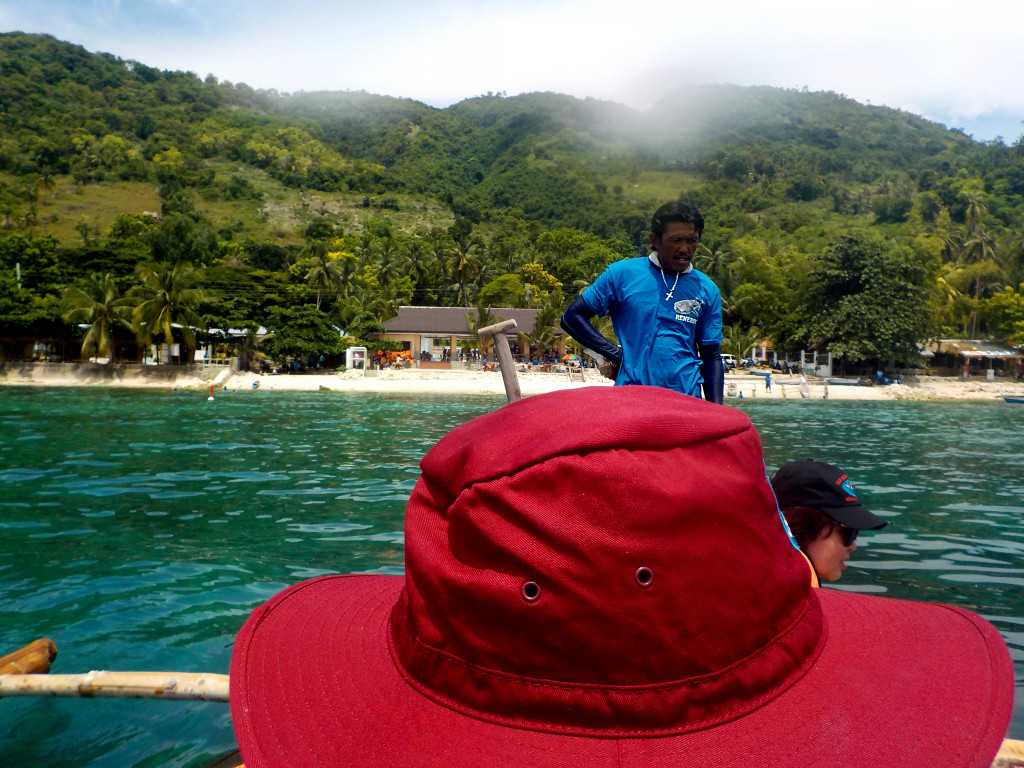The Whale Sharks of Oslob
Whale sharks are considered a threatened species, and it turns out one of the largest populations of Whale Sharks in the world are in the Philippines – with Oslob in Cebu being one of the most famous swim sites. We had to leave the house really early (which was a feat in a large group and Oslob some 3 hours away), as visitors to the Whale Sharks are controlled by the local government; and all the watching and swimming had to cease by midday.
This was at the briefing, before going in:
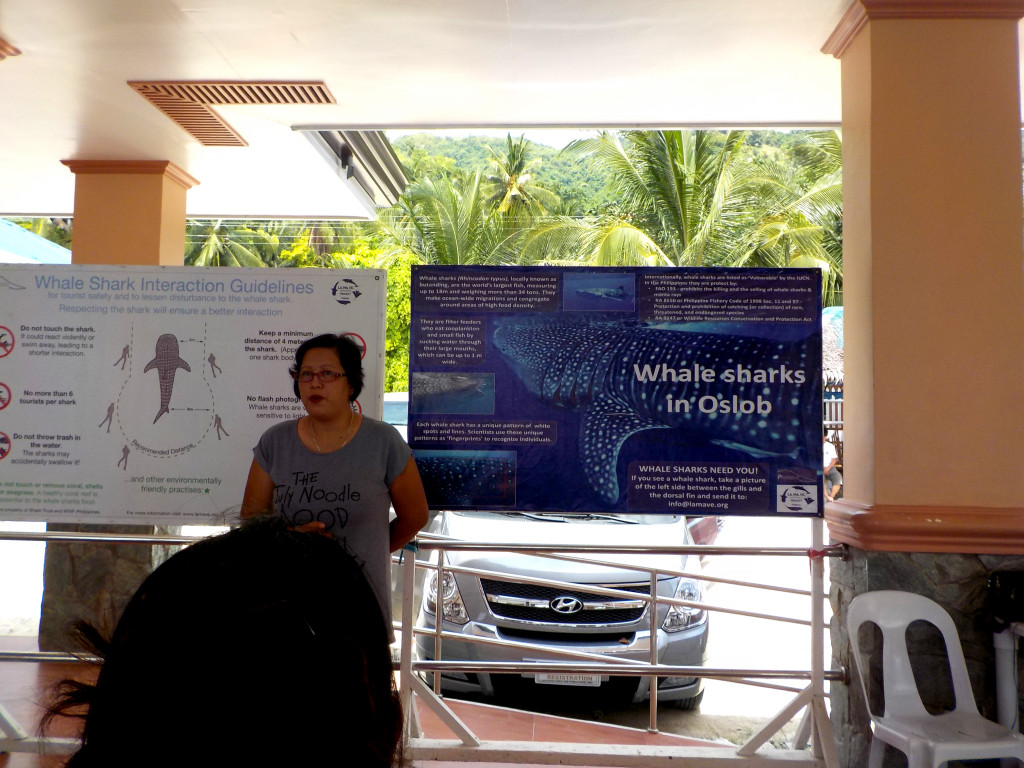
Hopping on to the motorless bangka (traditional wooden boat):




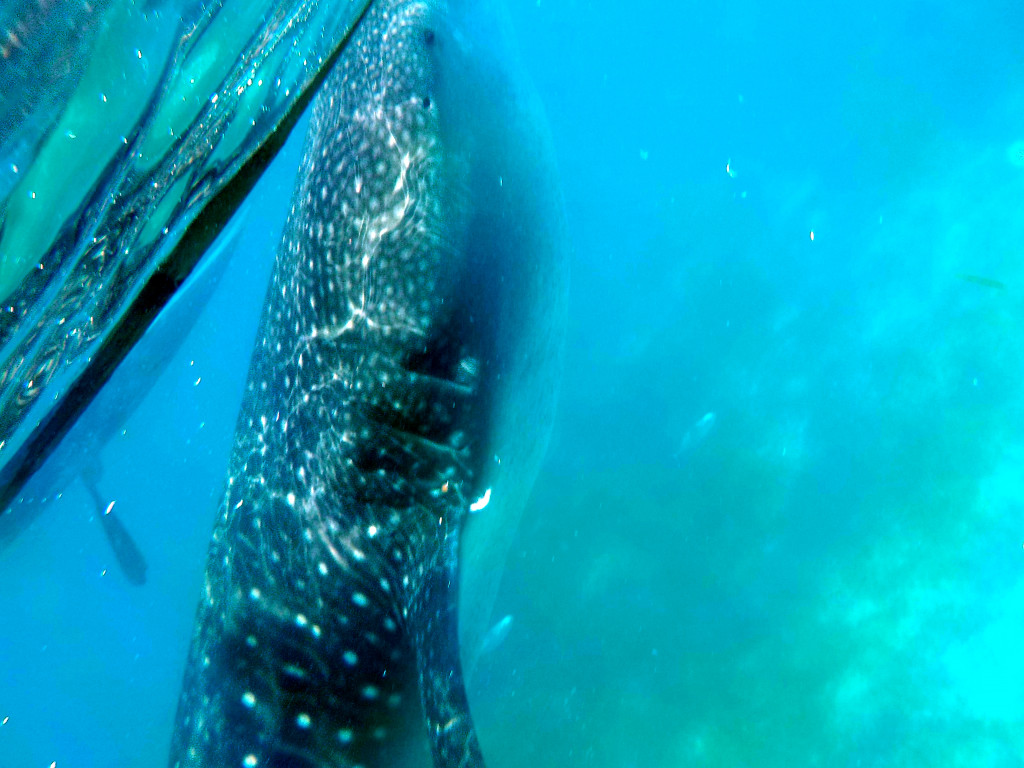
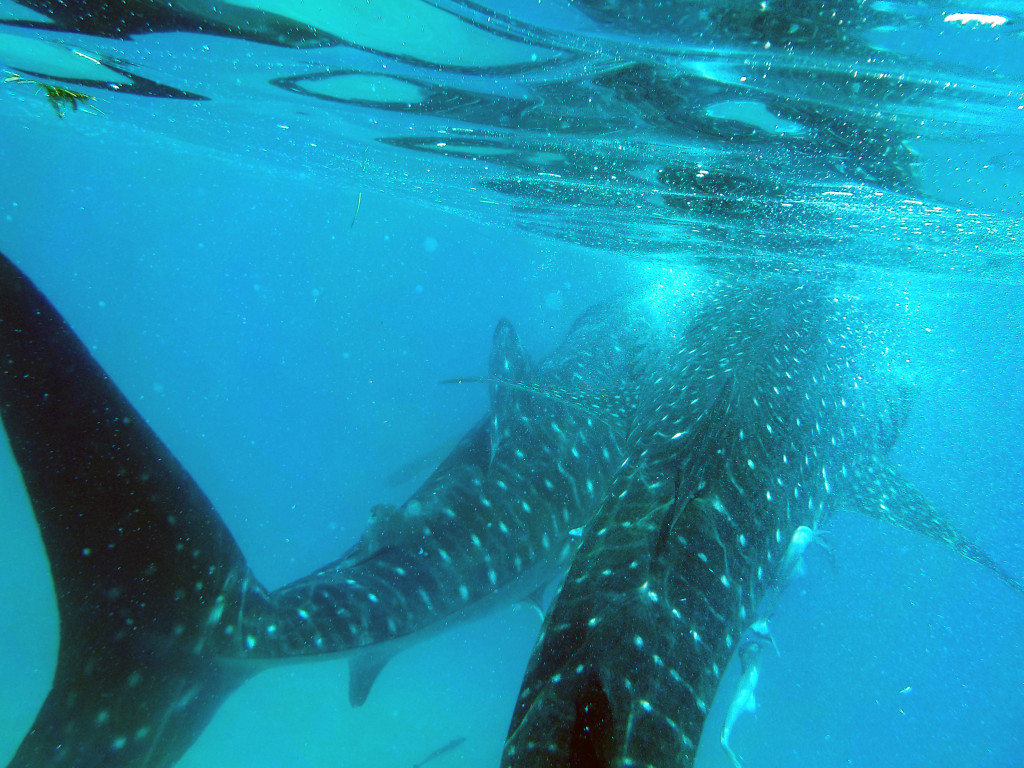

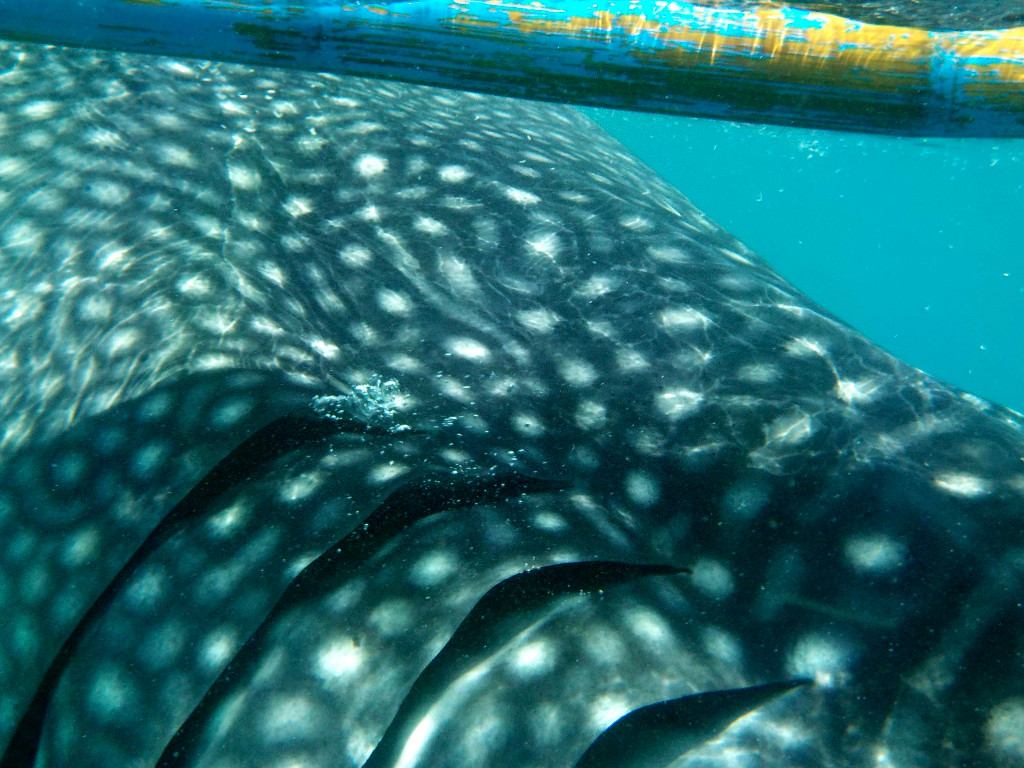


There’s some protocol. You’re not allowed to put sunscreen on for example (you can wash it off before going in), which is partly why Craig and I decided to stay on the boat (we had put some on at home), while the rest of our group dived in. We had an underwater camera with us however, which we dangled beneath the surface from the side of the boat.
There are also Marine Biologists on site and small local boats without rotary motors are used (to prevent accidental harm).
The local name for Whale Sharks is “Butanding”.
x
